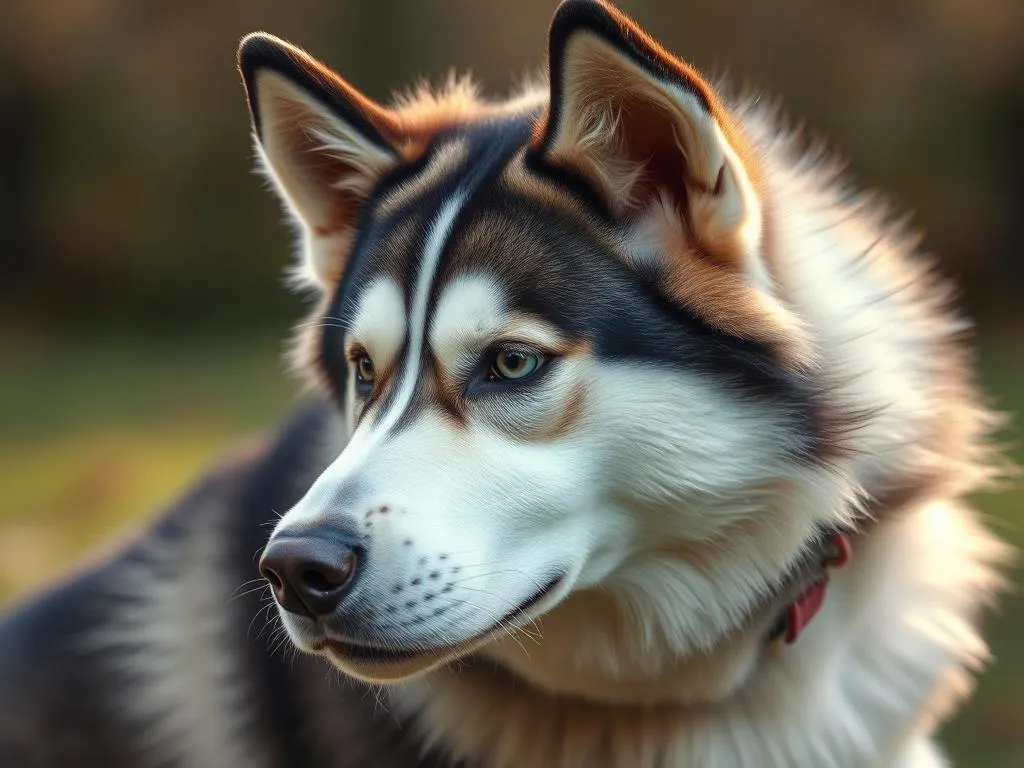
Introduction
Dog breeds play an essential role in pet ownership, influencing everything from behavior to exercise needs. Among the various breeds, the Siberian Husky stands out for its striking appearance and lively personality. Understanding the unique characteristics of this breed is crucial for effective training, as it helps owners tailor their approaches to the specific needs of their Huskies. Training a Husky can be both challenging and rewarding, as these dogs are known for their independent spirit and high energy levels. This article will guide you through understanding the Siberian Husky, the importance of training, and practical techniques to ensure a well-behaved companion.
Understanding the Siberian Husky
Breed Characteristics
The Siberian Husky is a medium-sized working dog known for its endurance and strength. They typically weigh between 35 to 60 pounds and stand about 20 to 24 inches tall at the shoulder. One of their most recognizable features is their thick double coat, which comes in various colors, including black, gray, and red, often complemented by striking blue, brown, or even multicolored eyes.
Huskies are friendly and energetic, making them great companions. However, their independent nature can sometimes pose challenges during training. Common health issues in Huskies include hip dysplasia and eye problems, and they generally have a lifespan of 12 to 15 years.
Historical Background
The Siberian Husky originated from Siberia, where they were bred by the Chukchi people as sled dogs. They played a vital role in transportation and hunting, showcasing their strength and endurance. Over time, their friendly disposition and ability to work in packs made them beloved companions as well as capable working dogs. The breed’s evolution has retained these traits, making Huskies both loyal and hardworking.
Why Choose a Husky?
Huskies are appealing for many reasons. Their playful nature, striking appearance, and intelligence make them a favorite among dog owners. However, potential owners should consider the breed’s high energy levels and need for exercise. Those who enjoy an active lifestyle and can commit to training will find a loyal and affectionate companion in a Husky. Compared to other popular breeds, Huskies require more exercise and mental stimulation, making them best suited for active families or individuals.
The Importance of Training
Why Training is Crucial for Huskies
Training is essential for Huskies to prevent behavioral issues that often arise from their independent nature. Untrained Huskies may exhibit destructive behaviors, such as chewing, digging, or excessive barking. Proper training not only promotes good behavior but also enhances the dog’s overall well-being and happiness. Moreover, training serves as a bonding experience, strengthening the relationship between the owner and the dog.
The Right Mindset for Training a Husky
Understanding a Husky’s independent spirit is critical for successful training. Owners should approach training with patience and consistency, recognizing that Huskies may not always respond immediately. Positive reinforcement, such as treats and praise, is vital in motivating a Husky to learn. This method not only encourages the desired behavior but also fosters a loving and trusting relationship between the dog and its owner.
Preparing for Training
Essential Supplies
Before beginning training, gather the necessary supplies. Essential tools include a sturdy leash, a comfortable collar, and plenty of high-value treats to reward positive behavior. Creating a comfortable training environment is also crucial; choose a quiet space free from distractions, allowing the Husky to focus on learning.
Setting Training Goals
Establishing clear training goals is vital for both the owner and the Husky. Short-term objectives, like teaching basic commands, should be manageable and achievable. Long-term goals may include advanced training or behavioral modifications. Tracking progress and adjusting goals as necessary helps maintain motivation and ensures that the training remains effective.
Training Techniques for Huskies
Basic Commands
Teaching essential commands is the foundation of any training program. Start with commands like sit, stay, and come. Here’s a step-by-step guide for each command:
- Sit
- Hold a treat close to the Husky’s nose.
- Move your hand upwards, allowing the dog’s head to follow, which will cause their bottom to lower.
-
Once in the sitting position, say “sit,” and reward them with the treat.
-
Stay
- Ask your Husky to sit.
- Open your palm in front of them and say “stay.”
-
Take a few steps back and, if they remain seated, return and reward them.
-
Come
- Start with your Husky on a leash.
- Say “come” in an enthusiastic tone while gently pulling on the leash.
- When they come to you, reward them immediately.
Advanced Training Techniques
Once your Husky masters basic commands, consider introducing advanced training techniques. Agility training can be an exciting way to engage your Husky physically and mentally. Additionally, teaching leash manners and recall is crucial for ensuring a well-behaved dog in public spaces. Socialization is also essential; expose your Husky to various environments, people, and other dogs to help them become well-rounded companions.
Addressing Common Behavioral Issues
Huskies can sometimes exhibit stubbornness and independence. To manage these traits, try the following strategies:
- Stubbornness: Incorporate games and fun into the training sessions to keep your Husky engaged.
- Barking and Digging: Redirect these behaviors by providing appropriate toys and engaging them in regular exercise.
- Destructive Behavior: Prevent unwanted behaviors by ensuring your Husky has plenty of physical and mental stimulation to keep them occupied.
Socialization and Exercise
Importance of Socialization
Socialization is vital for Huskies, as it helps them develop good manners and reduces anxiety in new situations. Expose your dog to different environments, people, and other animals gradually. Start with controlled settings, such as puppy classes, and gradually increase the variety of experiences.
Exercise Requirements
Huskies are known for their high energy levels, requiring at least 1 to 2 hours of exercise daily. Engaging in activities like running, hiking, or playing fetch can help meet their exercise needs. Consider incorporating fun activities like agility courses or interactive toys that stimulate both their body and mind.
Ongoing Training and Maintenance
Lifelong Learning
Training should not stop once your Husky has mastered basic commands. Engaging in new activities and challenges keeps their mind sharp and helps maintain good behavior. Consider enrolling in classes that offer advanced training or specialized skills, such as therapy or search and rescue.
Building a Strong Relationship
Fostering a strong relationship with your Husky is essential for a happy and harmonious life together. Regular interaction, engagement, and spending quality time will build trust and companionship. Always ensure that your training sessions are positive and enjoyable, reinforcing the bond you share.
Conclusion
In this comprehensive guide on how to train a Husky, we explored the unique characteristics of the Siberian Husky, the importance of training, and effective techniques for success. Training a Husky can be a fulfilling journey filled with challenges and rewards. As you embark on this adventure, remember the key points discussed here, and embrace the joys of developing a strong bond with your furry friend. While the journey may require patience and commitment, the love and companionship of a well-trained Husky are worth every effort.
By understanding the breed, setting realistic goals, and employing positive reinforcement techniques, you can ensure a happy and fulfilling life for both you and your Husky. Enjoy the journey and cherish the special moments you share with your loyal companion!









